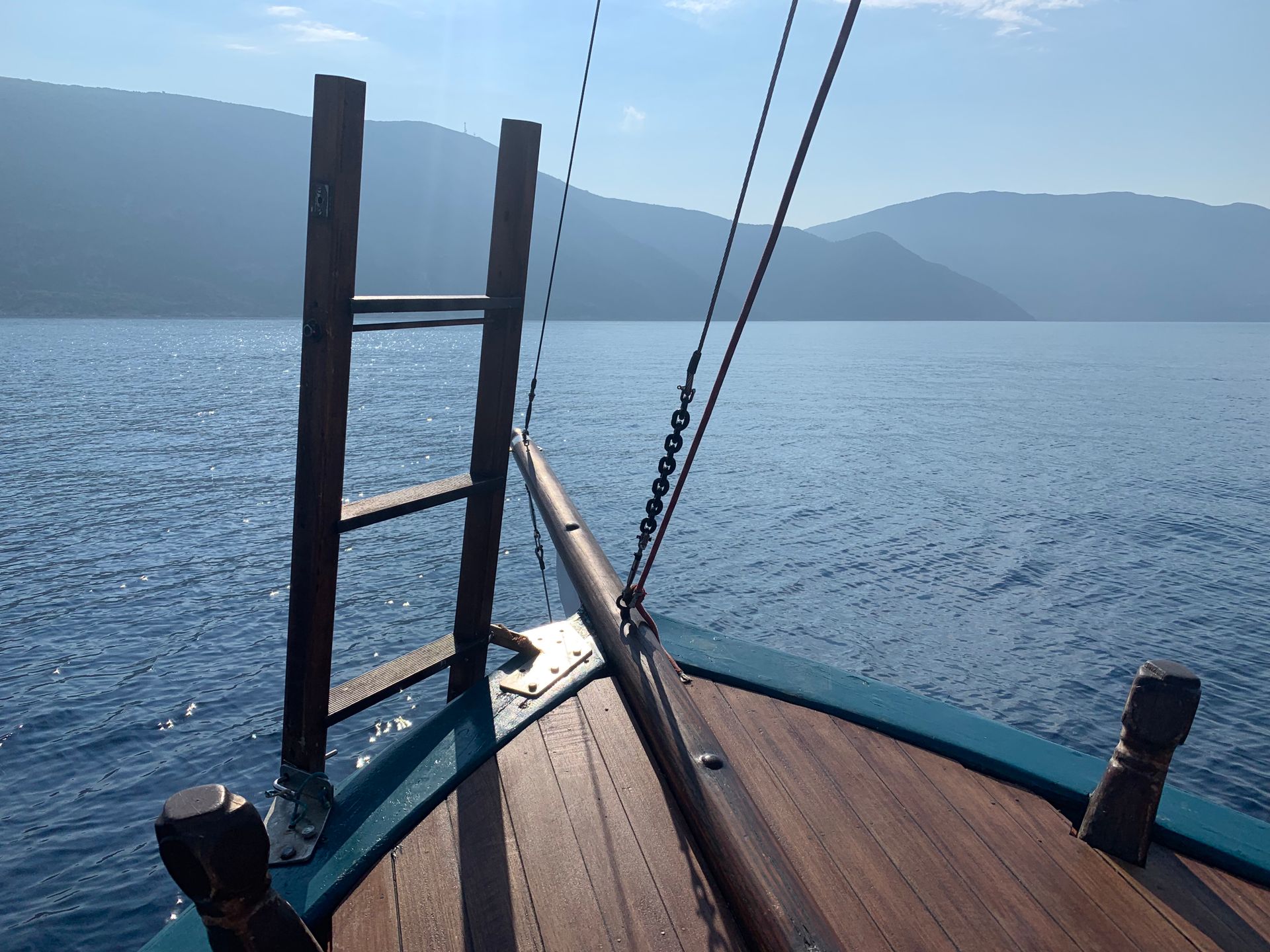As a creator, if you’re making content that you wholly own, you could be building something very special.
Because if what you are producing is in high demand, you can choose how, when and where you want to make it available, and at what price.
The best thing about the new creator economy is that if you own intellectual property (IP), you can exploit it however you like.
You aren’t forced to agree to deals that mean your client gets control of your song, show, photo essay or art.
Instead, you are able to dictate the terms of any agreement with a client.
The opposite is also true of course. Unsuccessful content is often costly, and therefore ownership is of little value.
But if you’ve built something people love – and you own it – you’re in a great position.
New age creators already know this. They often start from zero, often learning their craft with nothing more than a cellphone, an idea and a great deal of hard work.
Professional producers can find it hard to adapt to the creator economy – they are used to being paid by other people to make content for them.
However, if you want to move towards career autonomy, you should consider shifting across from selling your time, to owning your content.
How does this work? Well, generally it means funding the creation of your own unique work, and ensuring that anyone else involved in the process has signed a valid contract that says you retain all rights.
Then, it means distributing your work as widely as you can across multiple digital platforms to build a). your audience, b). brand recognition and c). incremental revenue.
And the more people who like your content, the more money it makes for you.
It isn’t just YouTubers and music producers who focus on owning their own content.
Large media companies know ownership is vital to their profitability.
I’ve been told more than once by senior leaders that without licensing the IP of their key brands, their companies would be breakeven at best.
I remember a meeting where a senior manager at a large television distributor explaining the realities of owning their major IP to me.
They were funding their own successful TV series, which meant they had control over the rights.
“When you work with Netflix, they set the price. When we work with Netflix, we set the price.”
Although this sounded like a boast at the time, on reflection, I’m sure it was correct in respect of their most valuable shows.
And although they were talking about multi-million dollar global franchises, the reality of ownership equaling control does apply from small deals all they way up to mega contracts.
If you own successful content, and you distribute it well, it will make you money while you are asleep.
You will be able to watch it doing well and earning income while you use your precious time for other things.
For individual creators and smaller organisations, the challenge is finding the resources to finance your initial work instead of having a client fund its production.
And that is a very real issue if you are used to working for larger media beasts.
Major companies rely on talent coming and pitching ideas to them, which they then fund in exchange for as many rights as they can negotiate.
In television, this often means creators end up being paid nothing more than the cost of making their show, plus a small percentage on top. They can then see their show do well and receive nothing more than an enthusiastic thank you from the broadcaster, and the possibility of further work-for-hire.
The same ethos increasingly applies across music, journalism, podcasting and photography.
However, there are ways you can create IP without spending a small fortune, or signing your rights away to a larger company in exchange for budget to make your content:
Shift to a creator mindset. Figure out what you want to make, identify your niche, who will like it, how you will pay for it, where you will publish it, and then make a plan.
MVP your content. MVP stands for Minimum Viable Product. It’s how tech companies try out new stuff. If you are making content, it is definitely worth testing lots of small ideas as cheaply and quickly as you can. This multiple experiment approach is much more likely to work than spending all your resources on a long test of a single project.
Be clinical. Carefully monitor how well each of your experiments does. Analyse both the numbers and the comments. Kill what doesn’t work, double down on what does, and keep experimenting with at least 20-30% of your work.
Reinvest. If you are creating work for other clients, use as much of your proceeds as you can spare to create and deliver your own original content. This is investing your hard earned money in owning your future outcomes.
Distribution is king. To develop multiple revenue streams and audiences/communities, distribute the hell out of your work across as many platforms as you can. There are more platforms than ever before that are rewarding creators for sharing successful content that reaches large audiences.
Stay fresh. Use initial income from this original work to pay for more content creation, and iterate to increase the value of the work that is gaining audience. This will ensure you build solid foundations for your brand by rewarding your audience with ever-improving content. People get bored quickly, so don’t go stale.
Be across your numbers. It’s vital you keep production costs to a minimum until you can afford to spend more. You need to create the longest production runway possible to ensure you have enough time for something super successful to take off. If you are very clear on your numbers, you can ensure you stay on budget and don’t overspend along the way.
Elevate from content to brand. Establish your brand reputation by working tirelessly to grow its name recognition amongst the people who love your content. Engage as much as you can with your audience on the platforms to ensure they feel part of a brand collective.
One brand, many mediums. Could your podcast also be a book? Or a TV show? And a musical? Once you have some traction, seek out partners who want to acquire successful crossover projects. It’s time to build a franchise. Now your work has brand recognition and established audience, you will be in control of any negotiation. And people will pay well for content they see is already successful.
Keep going. This pathway only works if you try lots of things at MVP until something becomes a hit. That takes great patience and effort. But when the success arrives, you’re in charge. It can also be a slog to keep going until your successes have paid for all your experiments. But it’s worth it!
Creating, producing and distributing content on your own dime, in your own time is really, really challenging.
But it is unbelievably liberating, too. Especially if you have been working for other people for a long time.
Being able to take your own creative, commercial and ethical decisions about your content is deeply gratifying.
It’s almost like you can fall back in love with your work, and regress back to when you first experienced the magic of creativity as a child.
And the moment you experience real success as a creator, knowing you have retained the IP, well. It’s pretty exhilarating.
It usually takes time, dedication and a lot of hard work.
But for me, being able to make choices about what, when, where, why, how I create, and getting properly rewarded for its success is worth it.



